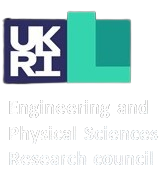The QMol project is a collaborative endeavour bringing together expertise and access to equipment from Imperial College and Universities of Lancaster, Oxford and Liverpool and is part of a £7M EPSRC programme grant (2023-2028), The aim is to demonstrate that advantageous room-temperature quantum interference effects can be scaled up from single molecules to self-assembled monolayers by implementing new strategies for controlling molecular conformation and energy levels, with new methods of molecular assembly, which can be deployed in printed scalable architectures.
The work comprises four Technical Modules which can be explored using the menu on the left.
Theory and Modelling
Theory and Modelling at Lancaster
Colin Lambert
The Theory of Molecular-Scale Transport Group based in Lancaster University encompasses a wide range of topics, including molecular electronics, nanoelectronics, thermoelectricity, battery materials, quantum transport, quantum sensors, low-dimensional systems, spintronics, superconductivity, density functional theory, non-equilibrium Greens functions, molecular dynamics, chemical sensing, nanomotors, DNA sequencing, surfactant design, micelle formation, surface coatings, transition-edge sensors and the design of oxide-based catalysts for water splitting and carbon dioxide reduction.

Single Electron Transport
Calculations use the high end computing power at Lancaster University employing the in-house electronic transport code GOLLUM. The system is relaxed and the Hamiltonians provided using Density Functional Theory (DFT) via the SIESTA code. The theoretical analysis will help identify suitable target molecules.
Molecular Dynamics
To bridge length scales assemblies of our target molecules can be modeled using Molecular Dynamics from parameters obtained from DFT. This provides new molecular configurations to feed back into DFT calculations.

Molecular Synthesis
Molecular Synthesis at Oxford
Harry Anderson
Can we synthesise organic molecules that behave like metal wires, capable of conducting a current efficiently over many nanometres? Can π-conjugated macrocycles behave like conducting wire rings or electrical circuits? Is there a size limit to aromaticity? How can we construct molecules as memory devices for data storage? How can we design switchable dyes that are useful for biomedical imaging? How can we create new carbon allotropes? These are some of the questions being addressed by my research group. Our work is directed towards the design and synthesis of functional molecular materials, and the elucidation of structures-property relationships. This is molecular engineering.

Porphyrin Nanostructures
We use molecular templates to synthesise π-conjugated nanorings consisting of 5–50 porphyrin units, as well as nanotubes and nanoballs. These are ideal systems for exploring quantum-coherent energy delocalisation and charge circulation, and they mimic the light harvesting arrays used in photosynthesis. We use EPR spectroscopy to test the electronic delocalisation in radical cations and anions of linear and cyclic porphyrin-based molecular wires. Many of these systems exhibit global aromatic ring currents, and they are the largest known aromatic macrocycles. We are also investigating the magnetic properties of molecular nanostructures containing several paramagnetic metal centres.
Single-Molecule Electronic Devices
We are exploring the design and synthesis of molecular wires, transistors and memory devices that exploit the unique behaviour of single molecules, such as quantum interference. Current work involves contacting molecules to electrodes made from gold and graphene. Gold STM break-junction measurements give reliable values for the molecular conductance under ambient conditions. Connecting molecules across graphene nanogaps allows the energy levels to be controlled with a gate electrode. Charge transport can be studied at cryogenic temperatures giving detailed information on the electronic structure.
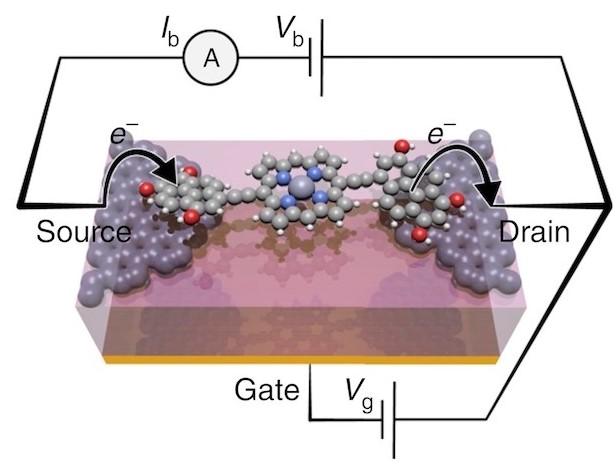
Molecular Synthesis at Imperial.
Nicholas Long
In the last fifteen years, I have developed a diverse, multi-faceted research programme of both academic and industrial relevance featuring innovative applied synthetic chemistry (crossing traditional inorganic and organic boundaries). We are carrying out world-leading research in ligand and compound design, executing fundamental science combined with considerable impact and relevance. I am particularly enthusiastic about the application of the new molecules that my group synthesises and the development of new, interdisciplinary research lines. Our strengths lie in synthetic inorganic/organometallic chemistry and elegant synthetic strategies have been developed, dovetailed with utilisation of the new compounds for applications within catalysis, materials science and biomedical imaging.

Organometallics for Conductive and Thermoelectric Materials.
We are researching into a new generation of switchable organic/organometallic compounds, with the potential to fulfil societal needs for flexible energy harvesting materials, low-power neuromorphic computing, smart textiles and self-powered patches for healthcare. Our focus is on the design, synthesis and evaluation of high-performance, thin-film, organic/organometallic materials, featuring organometallic-based (ferrocenes) or organic-based (polyaromatics)-alkynyl compounds. Key recent publications in this area include:
https://doi.org/10.1039/D2SC00861K
https://doi.org/10.1039/D2SC00078D
Organometallics for Perovskite-based Solar Cells
In April 2022, Long and collaborators at City University Hong Kong demonstrated in Science (550 citations in less than 2 years) that organometallic compounds can enhance the efficiency and stability of new types of solar cells, making them commercially viable. Further enhancing the performance and stability of inverted perovskite solar cells (PSCs) is crucial for their commercialization. Long reported that the functionalization of multication and halide perovskite interfaces with an organometallic compound, ferrocenyl-bis-thiophene-2-carboxylate (FcTc2), simultaneously enhanced the efficiency and stability of inverted PSCs. The resultant devices achieved a power conversion efficiency of 25.0% and maintained >98% of their initial efficiency after continuously operating at the maximum power point for 1500 hours under simulated AM1.5 illumination. Moreover, the FcTc2-functionalized devices passed the international standards for mature photovoltaics (IEC61215:2016) and have exhibited high stability under the damp heat test (85 °C and 85% relative humidity). The work has been patented (WO 2023/203134) and current research is focussed upon further understanding the mechanism of action of the materials, their application to other device structures and scale-up applications leading to commercial utility. Key publications https://www.science.org/doi/10.1126/science.abm8566

Characterisation and Assembly
Characterisation and Assembly at Lancaster
Samuel Jarvis
I lead the Surface Chemistry and Molecular Electronics (ScanMol) experimental group based in the Physics Department at Lancaster University. The aim of our research is to advance atomically precise methods to develop novel molecular materials using atomic resolution characterisation methods. Our work is directed towards molecular electronics, single atom catalysis, and novel molecular thin films. The ScanMol labs comprise ultra-clean molecular growth, atomic scale microscopy, and advanced X-ray photoelectron spectroscopy.
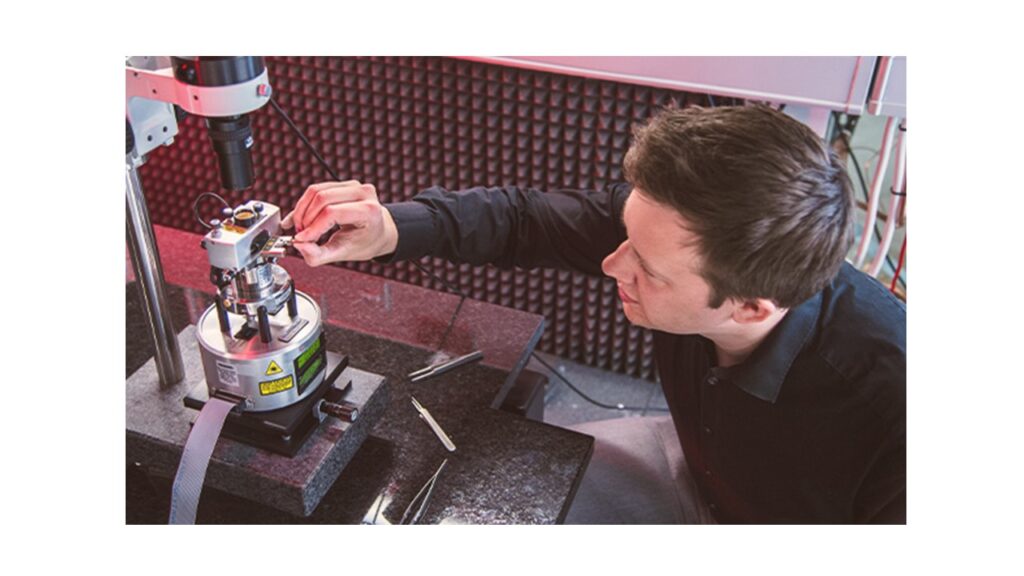
Atomically precise molecular films
We explore the fundamental properties of molecules with submolecular resolution. This includes electrical and topographic measurement of single molecules in ordered (and disordered) films with thermoelectric and memristive properties, and their translation to 3D structures including multilayer films. This is supported by atomic resolution scanning tunnelling microscopy (STM) and non-contact atomic force microscopy (nc-AFM) in UHV and ambient conditions housed in the ultra-low-noise IsoLab facility.
Surface chemistry and atomic scale catalysis
Surface chemistry strongly influences molecular properties at surfaces. We use a range of methods to explore chemistry at surfaces including anchor group behaviour, intermolecular interactions, and chemical modification of materials. This includes activity with catalytically active atomic quantum clusters (AQCs) and on-surface 1D and 2D covalent organic frameworks (COFs) formed by fusing together planar organic monomers, with the potential to create exceptionally stable surface templates, FETs, or molecular sensors.

Characterisation and Assembly at Liverpool
Richard Nichols
Our research interests span the entire field of single molecule electronics and spintronics, ranging from the synthesis and characterisation of molecular wires to the study of their fundamental charge transport phenomena in molecular junctions.

Supramolecular Electronics
Although an isolated molecule within a junction, and its contacts to the electrodes, must necessarily be affected by interactions with solvent molecules, and/or ambient water, this has provoked few detailed studies. The study of conductance behaviour of supramolecular assemblies of molecules, such as host-guest complexes or charge-transfer complexes, and of the solvation shell surrounding a metal-molecule-metal junction can lead to the use of single-molecule devices as sensors or chemFETs.
Fundamental Molecular Electronics
In a metal-molecule-metal junction a small modification of the molecular backbone can lead to a dramatic change in its behaviour. By synthesising families of archetypal molecular wires such as oligo-ynes, bipyridyls, alkanes, etc. and measuring their conductance as a function of length, bias, electrochemical potential and electrode separation we aim at a better understanding of the fundamental properties of charge transport, highlighting quantum effects unique to the nanoscale.
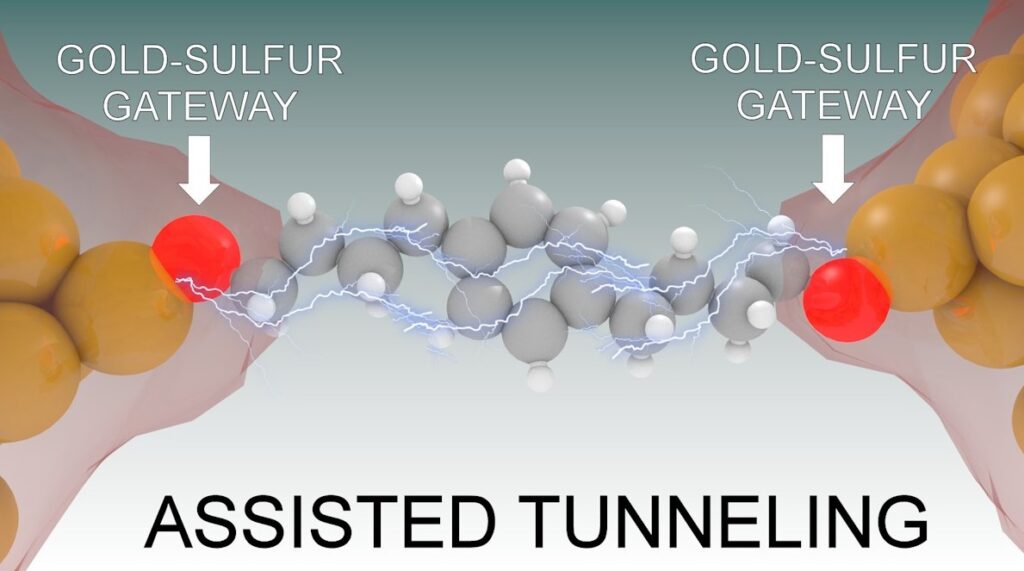
Characterisation and Assembly at the Central Laser Facility
Greg Greetham
Based at the Central Laser Facility in the Rutherford Appleton Laboratory near Oxford my group seeks to forward the understanding chemical and biological reactions in solution phase. In particular, the structural and kinetic characterisation of reaction intermediates using ultrafast time-resolved spectroscopy (mainly Raman, infrared, 2D-IR).
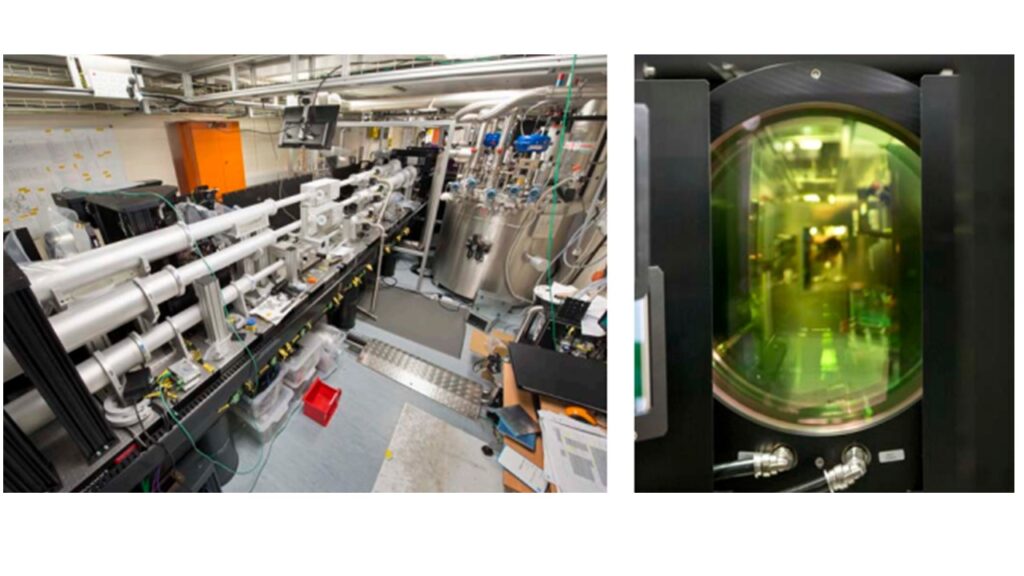
DiPOLE-100 aka HiLASE
100 joule amplifier section under construction.
100 Joule pump field lens looking at the
amplifier head,
10 Joule amplifier section of the DiPOLE laser at CLF
Investigating intracellular mechanisms using time resolved fluorescence/Raman imaging and developing Spatially Offset Raman Spectroscopy (jointly invented with Pavel Matousek) for the diagnosis of bone disease in collaboration with the UCL and Royal Orthopedic Hospital, Stanmore.
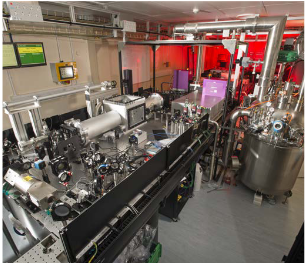
Device Processing and Scalability
Device Processing and Scalability at Imperial
Lesley Cohen
Based in the Department of Physics at Imperial College London my group has interest in transport properties of high mobility materials such as narrow gap semiconductors and graphene, superconductors (in particular gap structure and vortex pinning)and Raman spectroscopy

Renewable Energy & Materials for Energy
Energy efficient and low cost materials are the two main drivers in Renewable Energy Research. Our programme spans cheap organic materials through to record breaking efficient inorganic materials for photovoltaics as well as magneto-caloric materials for environmentally friendly and efficient magnetic refrigeration.
Functional Materials & Materials Physics
The optical and electronic properties of semiconductors underpin modern technology and will define its future. Our programme encompasses high electron mobility semiconductors for sensitive ballistic sensors, mid-infrared light sources for molecular fingerprinting and cancer diagnosis, as well as quantum dots for quantum technologies.

Device Processing and Scalability at Imperial
Niladri Banerjee
My research involves advanced characterisation and nanofabrication to understand, stabilise and utilise fragile quantum phases that arise in hybrid systems.
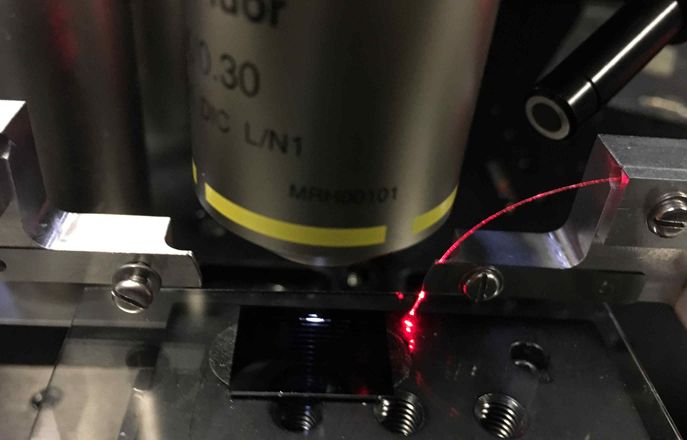
Nanophotonics, Plasmonics & Metamaterials
Metallic and dielectric nanostructures allow us to break the diffraction limit of light providing much stronger interactions of light and matter than nature usually allows. Our research includes nanoscale plasmon lasers, random lasers, sensitive biodetectors, quantum plasmonics, single-molecule studies and artificial nonlinear optical materials and forms a large part of the Centre for Plasmonics and Metamaterials
Soft Processable Electronics
Organic semiconductors are finding their way into an expanding range of applications including light emission, displays, energy conversion, sensors engineering and healthcare. The Centre for Processable Electronics covers organic functional materials, device physics of organic solar cells, manufacturing technologies for large area nano-electronics, and organic LEDs.

Device Processing and Scalability at Imperial
Felice Torrisi
Based in the Department of Chemistry at Imperial College London the research interests span from printed and flexible electronics to photonics with graphene and 2D materials, with particular focus on energy, sensing, wearable electronics and bioelectronics.
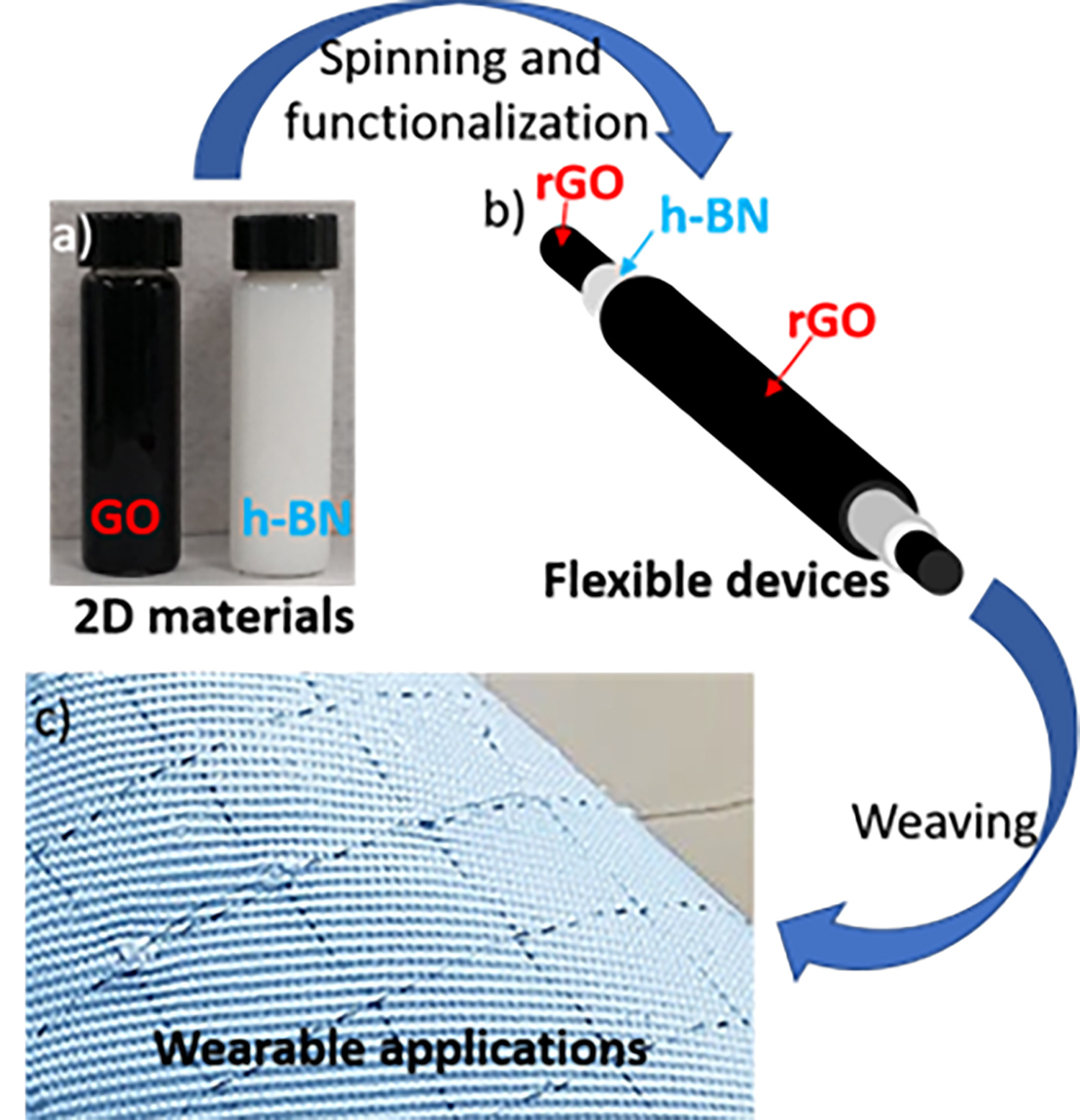
Wearable electronics and electronic fibres
Building an electronic device on textiles using electronic fibres paves the way to wearable applications based on their flexibility and breathability.Two-dimensional (2D) materials, show reliable chemical stability, high mechanical strength, and attractive electrical and optical properties such as high conductivity or mobility, high optical transparency or light modulation efficiency.Together with their environmental stability some 2D materials are key elements to obtain wearable electronic devices enabling skin-contact biosensors, light emitting, and energy storage fabrics.
Biosensors
The group works towards the development of new biosensors and biosensing systems which use 2D materials as the main transducers, enabling sensitive, easy-to-manufacture and low-cost sensors exploiting the key features of 2D materials.For instance, we create field-effect transistor biosensors using 2D materials coupled to biorecognition elements such as aptamers or enzymes.The group works towards the development of new biosensors and biosensing systems which use 2D materials as the main transducers, enabling sensitive, easy-to-manufacture and low-cost sensors exploiting the key features of 2D materials.
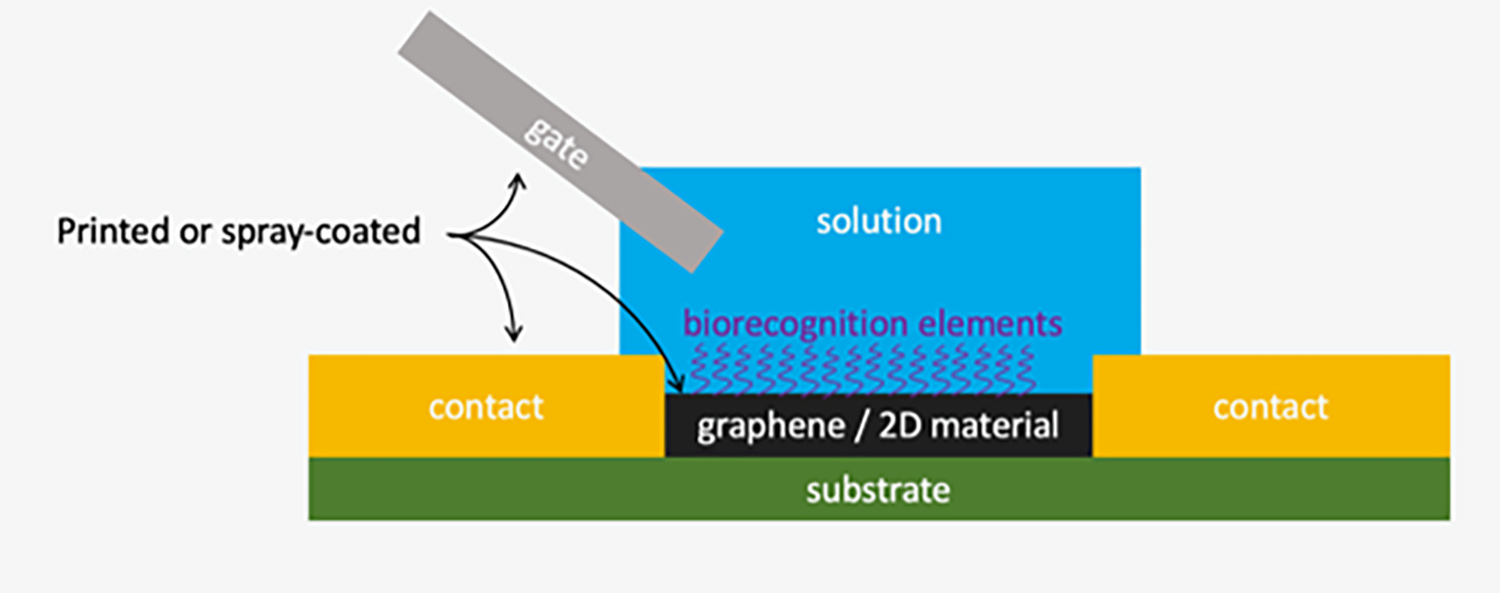
Device Processing and Scalability at Lancaster
Benjamin Robinson
I established the experimental molecular electronics research group at Lancaster in 2015, our research sits at the interface of synthetic chemistry, quantum physics and device engineering. Our focus is to exploit quantum phenomena in ultra-thin films of organic and organometallic molecules and related materials such as quantum dots 2D materials, to advance design, fabrication and characterisation for green energy generation (e.g. thermoelectric), nanoelectronics (e.g. memristive) and unclonable security applications. Our approach is to work closely with colleagues synthesising materials and those studying the theoretical properties of molecules, particularly those materials exploiting room temperature quantum effects, to understand the challenges and opportunities of scaling junctions and devices from a single molecule to ultra-thin films comprised of massively parallel arrays well-ordered organic layers.
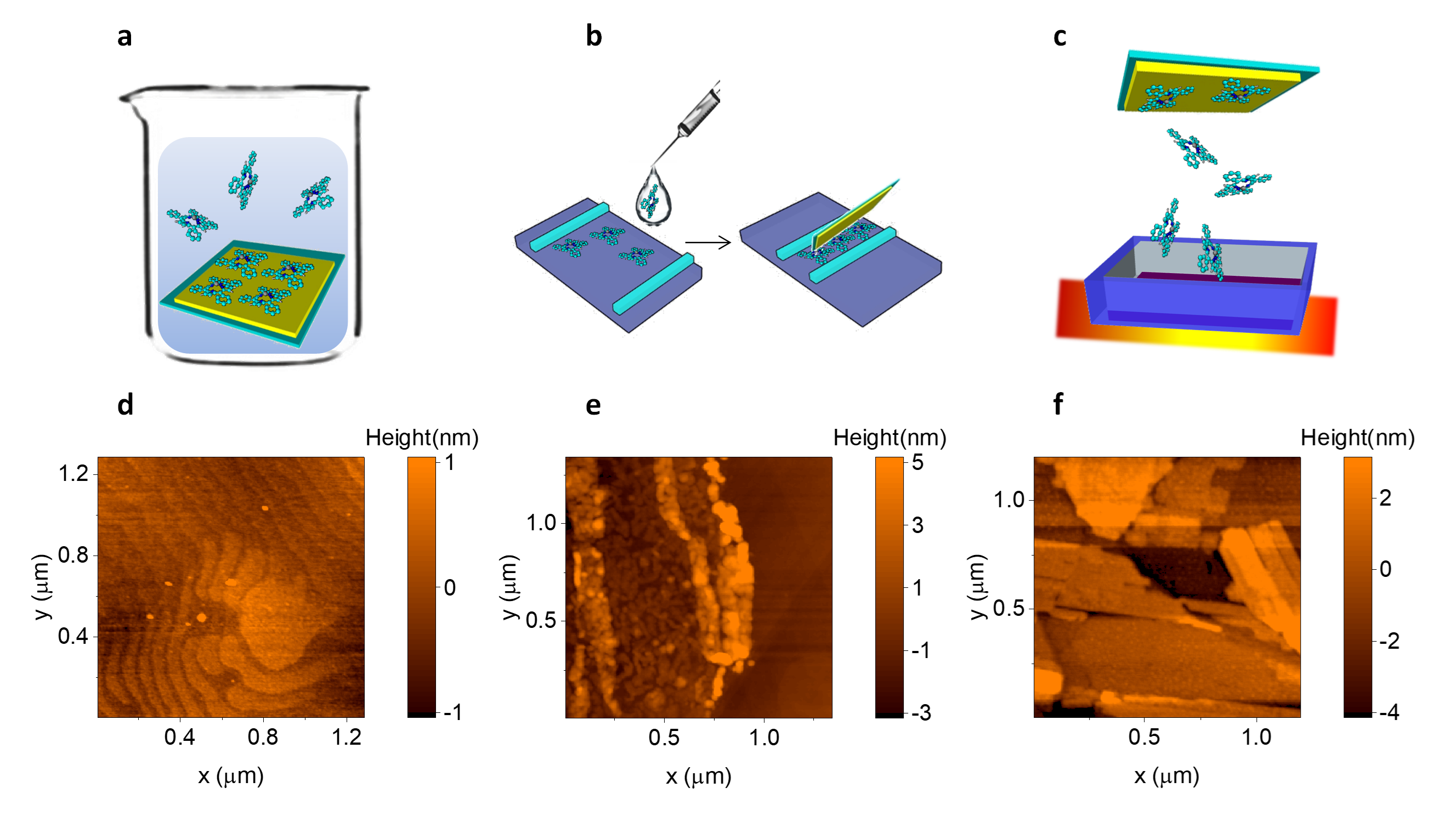
Molecular Assembly
Films of molecules from just a single molecular layer (monolayer) to many hundreds or thousands of layers thick can be prepared by a variety of growth methodologies. In almost all approaches, however, there is a trade-off between control of in-plane and across-plane film quality, chemical composition, molecular stability and deposition speed. In QMol we will focus on producing high-quality films of controlled properties with a lateral scale of centimetres but a thickness of only a few nanometres. This will be accomplished using molecular self-assembly and Langmuir-Blodgett deposition.
Thin film characterisation.
Film structures are characterised by a range of techniques including X-ray photoelectron spectroscopy (XPS), Quartz Crystal Microbalance (QCM) and Atomic Force Microscopy (AFM). Quantitative multi-parametric nanoscale mapping of material physical properties including nanomechanical, nanothermal and nanoelectromechanical responses are achieved using our suite of bespoke scanning-probe techniques developed by the group at Lancaster. In a typical AFM junction, we contact small assemblies (10–103) of molecules providing an excellent characterisation-bridge between fundamental single-molecule studies and real-world devices.

